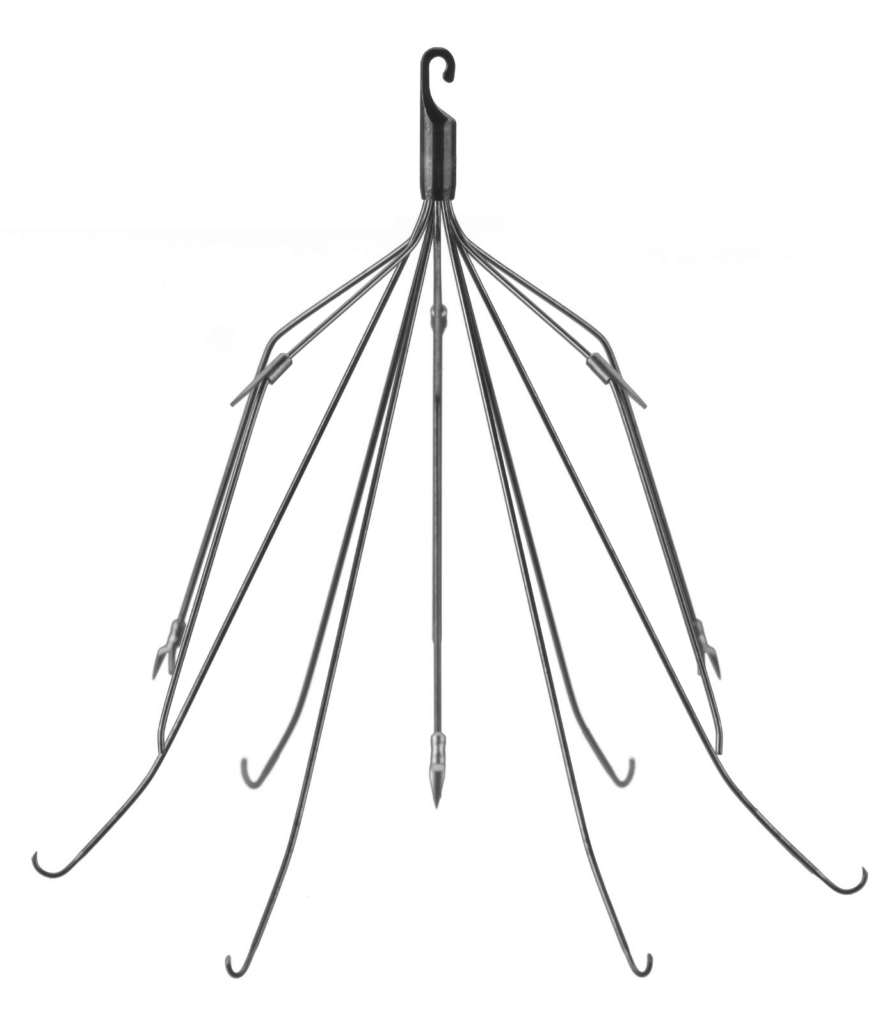
What is an IVC filter? Why was it placed?
IVC filters are small metallic strainer devices which are placed in the main vessel carrying blood from the legs back to the heart and lungs. In patients who cannot get the first line treatment of blood thinners, they are placed to keep blood clots from moving from the legs where they form into the lungs where they can cause difficulty breathing or even death.
Should an IVC filter be removed?
When an IVC filter is no longer needed because a patient can start taking blood thinners or has a decreased risk of blot clot formation in the legs, the IVC filter should be removed. Over time when left in place, there is a small risk for IVC filter side effects including filter breakage, movement from its initial position, or blockage of the normal blood drainage pathways from the legs. Because the risks of having an IVC filter in are low, patients with continued risk of blood clot formation or inability to take blood thinners are still usually safer having an IVC filter in place permanently.
Is my filter removable?
Many older IVC filters were originally made to be permanent in the body but for several years now most IVC filters in use are specifically designed to be removed when they are no longer needed. If you are unsure whether your specific filter is suitable for removal, we are happy to make an appointment to figure it out with you!
How are these devices removed?
IVC filters are removed by making a small incision in the neck measuring less than 1 cm (the width of a pinky finger). Through this incision, an Interventional Radiologist is able to navigate tools into the blood vessel containing the filter and recapture the device. This is an outpatient procedure with most patients able to return home about an hour after the filter is removed with minimal restrictions.
Are there risks of removal?
This is a very low risk procedure with small risks of major bleeding, infection, or damage to the blood vessels holding the IVC filter. Occasionally, the filter can break or move while it is being removed. In some cases, the filter cannot be removed since it is firmly embedding into the vessel wall or due to other safety considerations.
